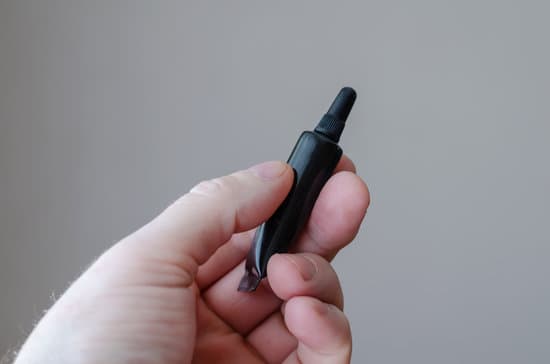How Many Fleas Come From One Egg?
Fleas have a life cycle that starts with an egg. Eggs are laid on a host animal and then molt into larvae. The larvae spin cocoons and pupae before emerging as an adult flea. Flea eggs can remain in the environment for up to 10 days. After hatching, fleas remain within 50 feet of their host. They can lay as many as 500 eggs during their lifetime.
Flea eggs are white and oval in shape. They are about the size of a salt crystal. The most obvious sign of a flea infestation is your pet scratching more often than normal. You may also notice a hot spot on the skin of your pet. Once you notice this, it’s time to treat your pet with an effective flea-control product.
Fleas are ectoparasites, meaning that they spend most of their time on their hosts. They are found on the skin of your pet, as well as in the bedding. They lay eggs in bedding and crevices in the floor. Their larvae and pupae are white, hairy worms. Once they emerge, they begin feeding within 10 seconds.
Flea eggs develop in a two to three-week life cycle, depending on the environmental conditions. Cold and dry environments will delay the hatching process, while warm and humid conditions will hasten the process. Once the eggs hatch, the larvae emerge. The larvae are blind, and they avoid light. They live for several weeks, feeding on predigested blood and organic debris.








